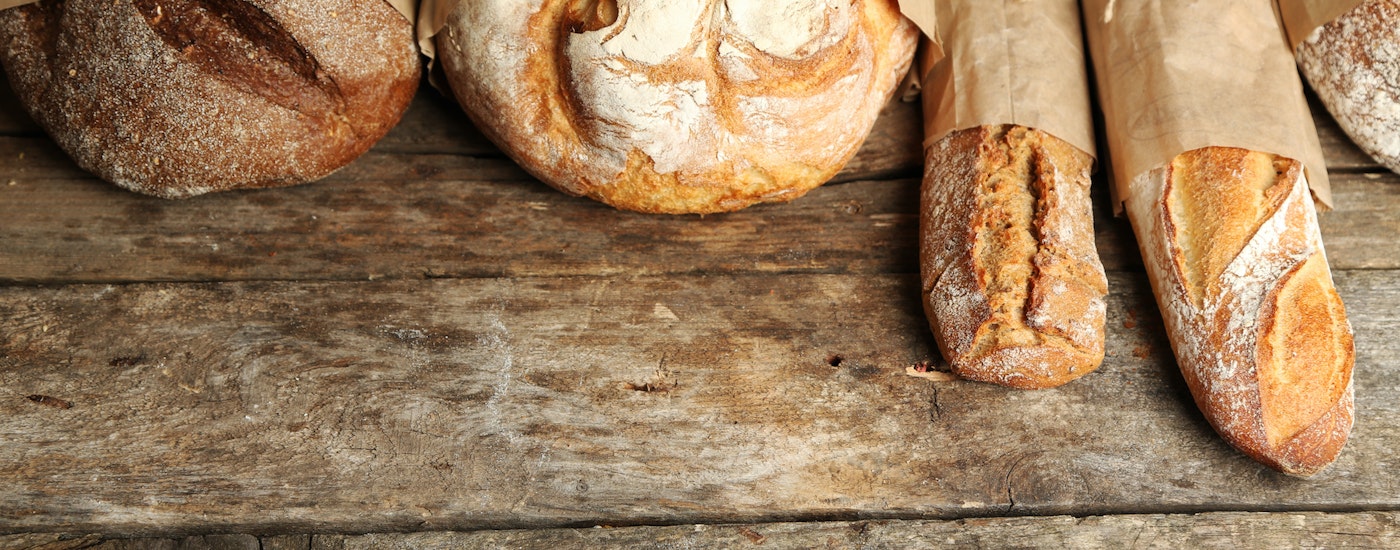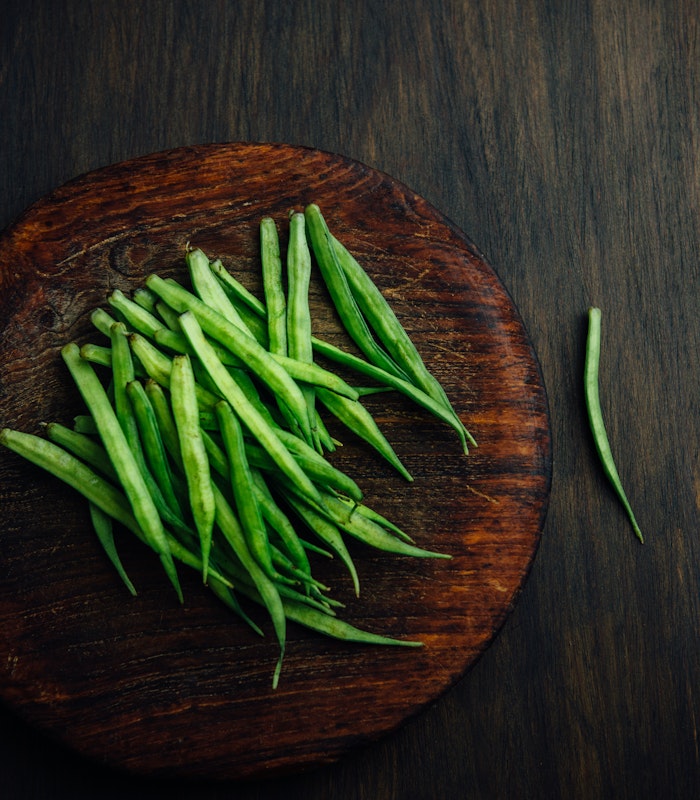The applications of Guar Gum are diverse because it is cost effective, cold water soluble and synergistic with many other hydrocolloids. These applications fall into two major groups: thickeners and moisture management. Instant bakery mixes, instant oatmeal, instant hot or cold beverages and instant sauces utilize the cold water solubility of Guar Gum. Heated sauces, fillings and bakery products leverage the combination of thickening and moisture management to increase product quality and shelf life. These functionalties also contribute to increased freeze thaw stability in frozen desserts and entres. The addition of thickening in cold and hot liquids contributes to suspension and consistency of ingredient distribution in beverages, soup and sauce applications. The cost effectiveness of Guar Gum contributes to its widespread use in food and other industrial applications.

Guar Gum
Common Names
- Guar Gum
- Guar Bean
Functionality
- Thickener
- Cold Water Soluble
- Synergies
Quality
- Viscositity
- Powder Color
- Particle Size
Applications for Guar Gum
Botanical Sources
Guar Gum is produced from the legume seeds of Cyanoppsis tetragonolobus. This hardy, drought-resistant plant is grown in the semi-arid regions of India, Pakistan and the Southwestern United States. The guar plant is an annual crop and production is greatly influenced by weather (monsoon season). Following harvest, the seeds are separated from the pods, the hull and germ separated from the endosperm. This stored seed energy is carbohydrates that are milled to produce Guar Gum. The seeds contain 38-45% endosperm and the ground powder contains 80-85% carbohydrate. Some protein remains from the seed embryos. Also, unlike other hydrocolloids, the guar raw material is traded as a commodity.

Polymer Chemistry
The carbohydrate polymer of Guar Gum is made up of galactose and mannose sugars, thus the term galactomannan. The polymer is a linear chain of mannose linked together by β (1-4)-D bonds. Some of the mannose along the chain have a galactose unit attached with an α (1-6) bond. The overall proportion of mannose to galactose is approximately 2:1. The guar polymer does not form additional structure in water. The polymer is readily soluble in cold water but the rate of viscosity development is slower than for other hydrocolloids (Xanthan, Konjac or Cellulose Gum). Synergies for increased viscsoity development exist between Guar Gum and other hydrocolloids (Cellulose Gum, Tara Gum, Locust Bean Gum and Xanthan Gum). The pH in solution is near-neutral (5-7).
